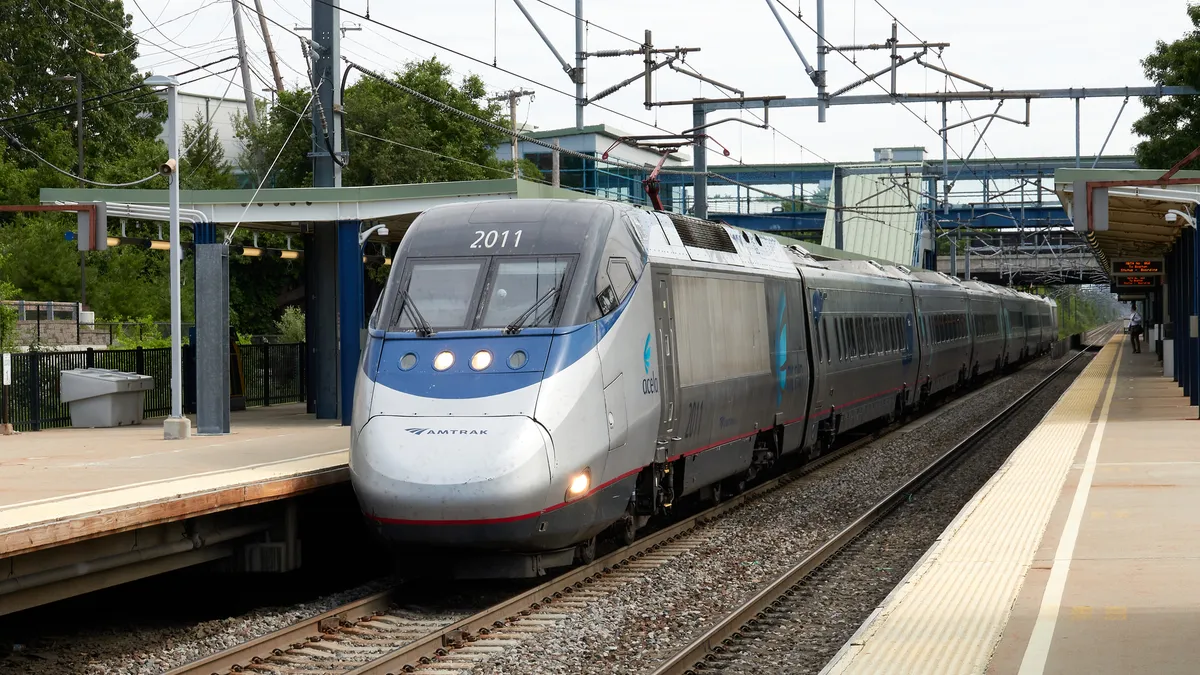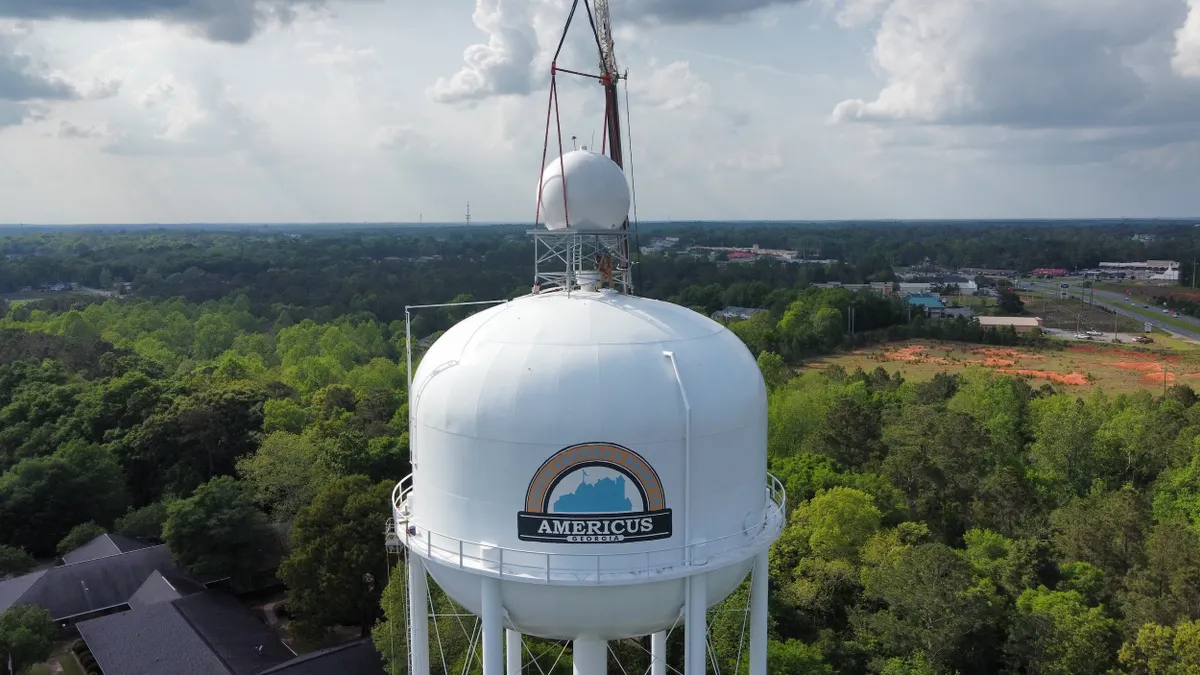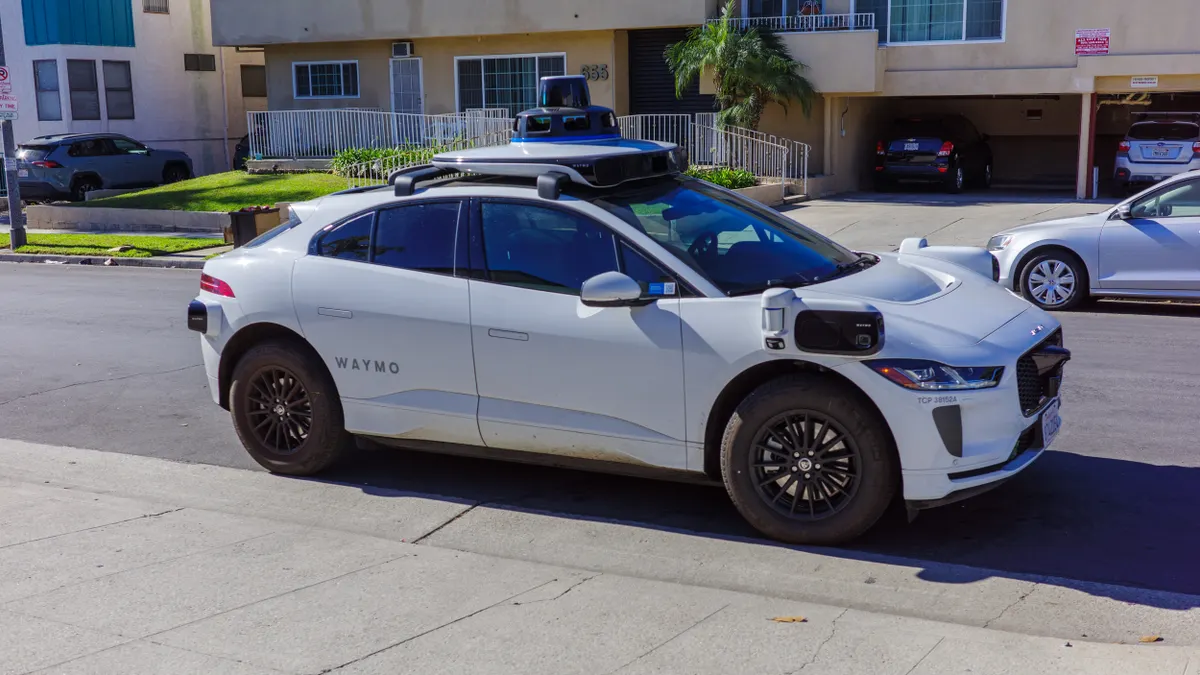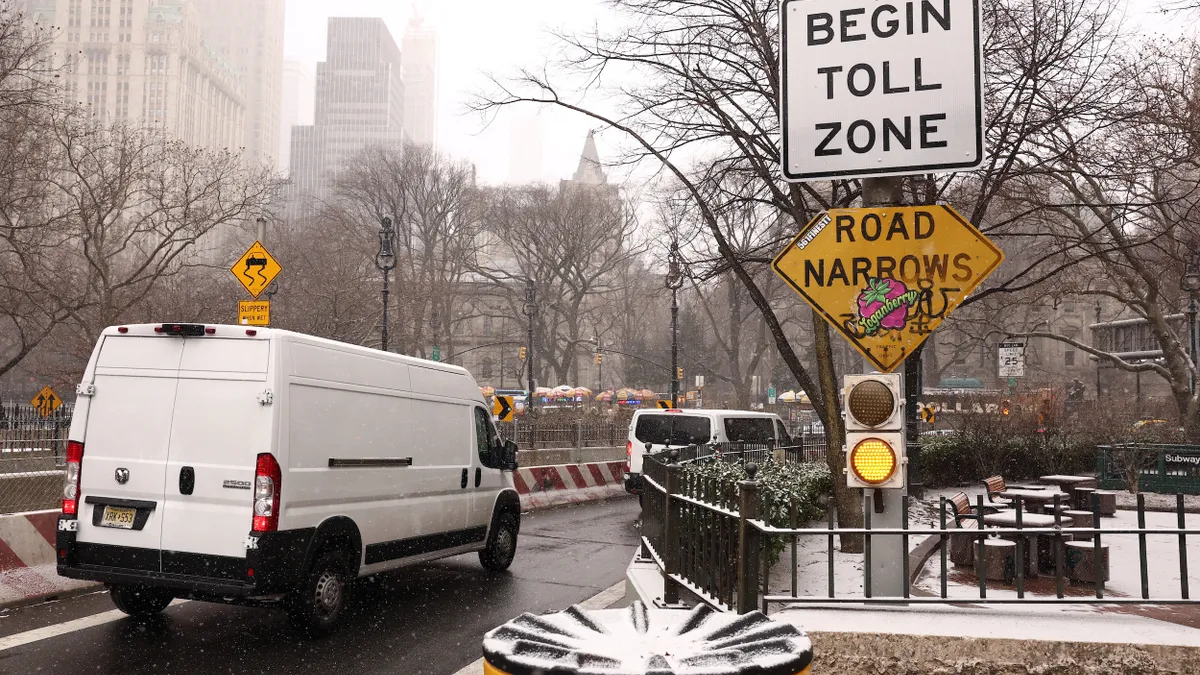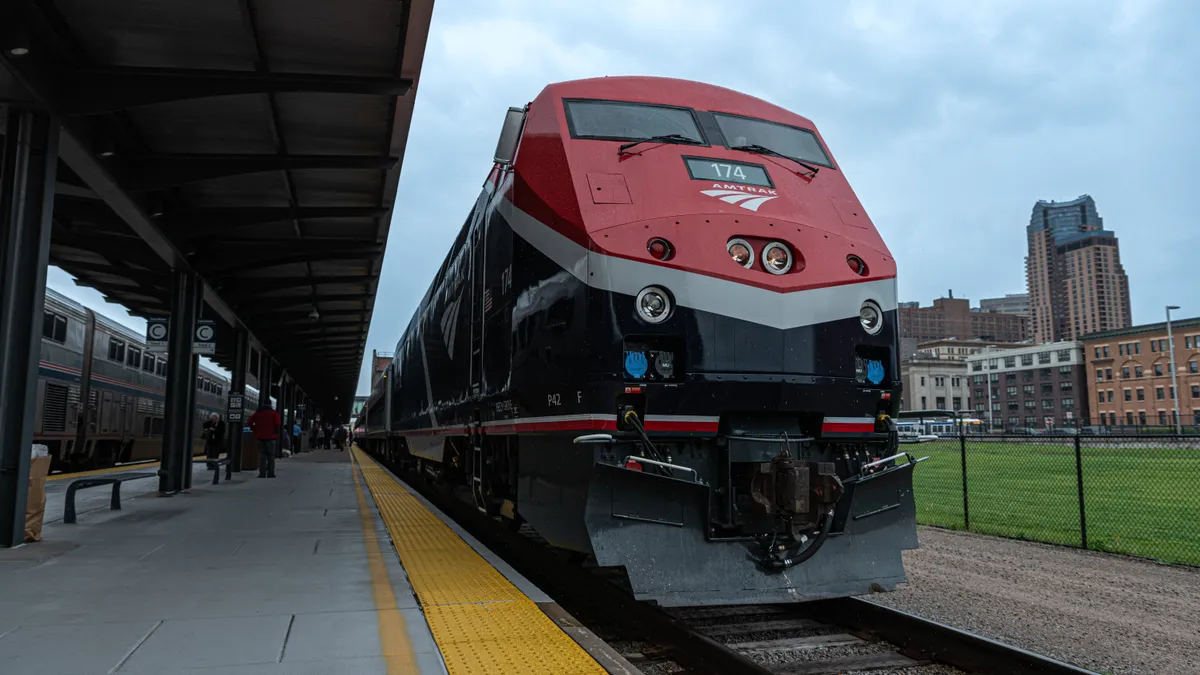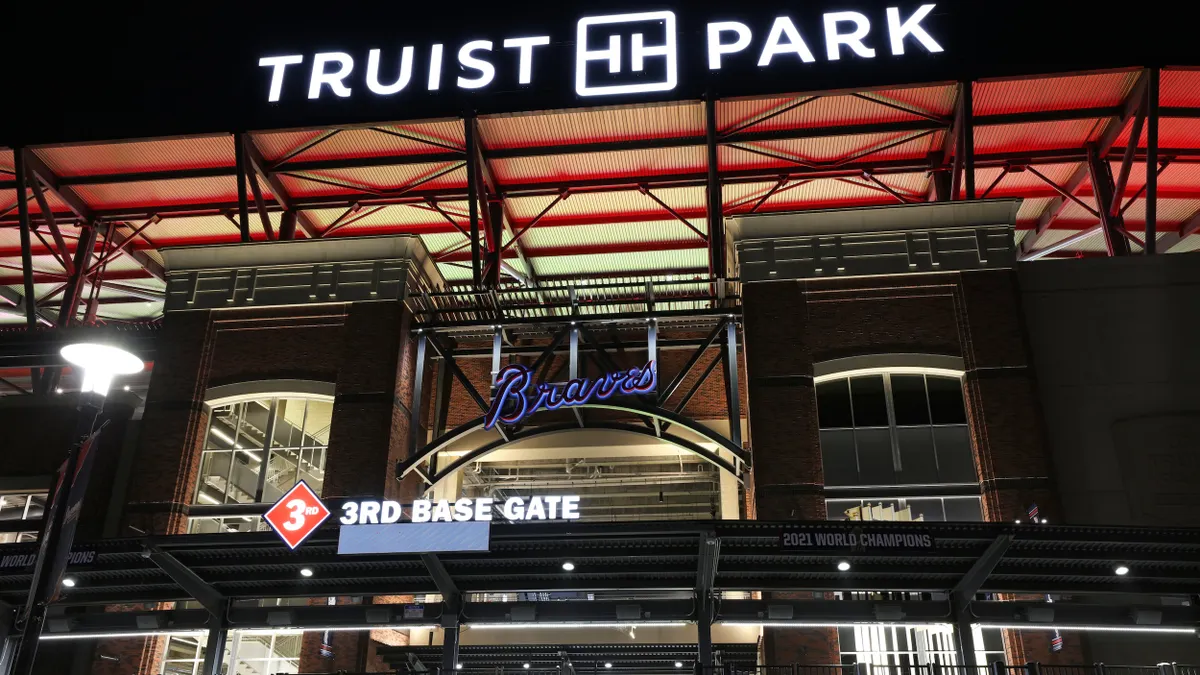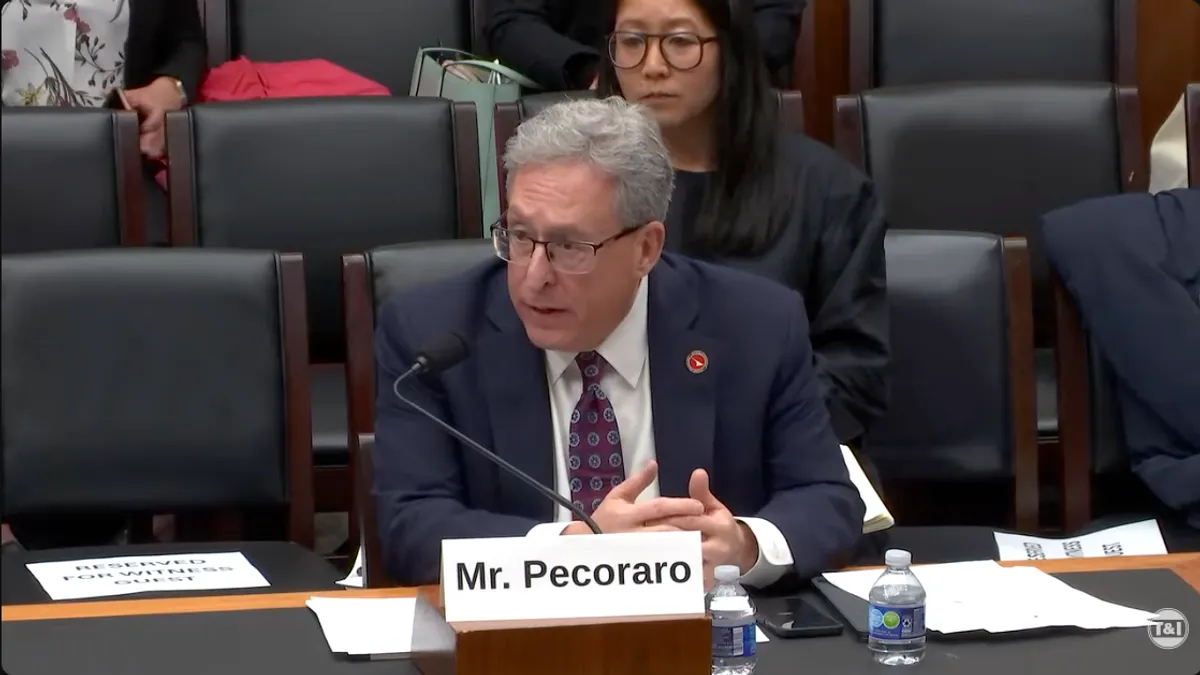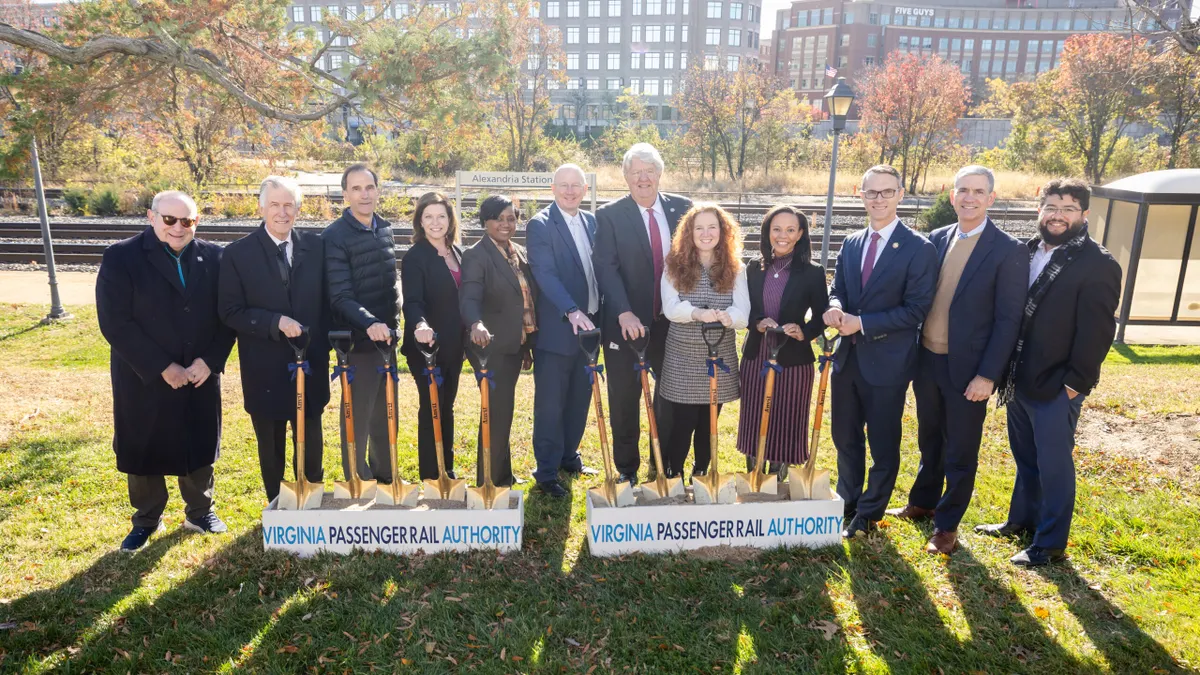Amtrak could create a modern high-speed rail network along the Northeast Corridor between Boston and Washington, D.C., for about one-sixth the cost of the railroad’s $117 billion 15-year plan, according to an April 29 report from the transit costs project of the New York University Marron Institute of Urban Management.
The plan isn’t wishful thinking. It relies on reimagining the rail line as a coordinated dance of high-speed, regional and commuter trains, off-the-shelf electric multiple unit trains and proven technology from Europe and Japan. “You really have to treat the system as a single system on the Northeast Corridor,” said research scholar Alon Levy.
Researchers believe that an investment of about $12.5 billion in infrastructure and $4.5 billion in high-speed train sets could enable travel between New York and Boston or Washington in under two hours. Trains would depart every 10 minutes as demand increases, traveling up to 199 mph between New York and Washington and up to 160 mph on the Boston segment. Current Amtrak trains top out at 150 mph.
Coordinating commuter and high-speed trains
But that won’t work unless timetables are coordinated with commuter trains that share Amtrak’s rail lines around Boston, New York, New Jersey, Philadelphia and Maryland. The study envisions frequent, all-day commuter rail service, with standardized station stopping patterns. For example, the plan reduces 13 different stopping patterns on Metro-North New Haven Line trains to just two to Grand Central Terminal and one to Penn Station in Manhattan.
High-speed trains would make fewer stops than Amtrak’s current high-speed Acela trains, and the railroad’s slower Northeast Regional trains would be eliminated, further simplifying scheduling along the corridor, thus reducing the schedule padding that’s currently needed, according to the study. Extending commuter trains to a more regional model, as the Massachusetts Bay Transportation Authority is doing already, would enable riders to reach more destinations with coordinated connections.
Amtrak expects new high-speed trains to enter service this spring, replacing its 25-year old Acela trains. Built by Alstom in Hornell, New York, the trains are based on the train-maker’s Avelia platform, modified to U.S. specifications. They feature power cars at each end and nine unpowered coaches in between.
In comparison, every car is powered on most electric multiple unit trains, which the NYU report recommends for the Northeast Corridor. Similar to those put into service by Caltrain along the San Francisco Peninsula last year, they can accelerate faster than locomotive-hauled trains, helping to reduce overall travel time between stations.
How to save $100 billion
But how do the NYU researchers save some $100 billion over Amtrak’s plan? It begins with establishing an authority composed of the federal government and state transportation agencies to coordinate infrastructure projects, rolling stock procurement, train schedules and technical standards.
The report recommends completing those projects envisioned by the Northeast Corridor Commission’s 15-year plan that will increase track capacity and reduce delays, but deprioritizing megaprojects such as the reconstruction of Penn Station in New York City. Funding for regular maintenance, often referred to as state of good repair projects, should come from operating budgets instead of capital investment funds, the report says.
The report recommends adopting international best standards for trains and infrastructure. It recommends further electrification of the Northeast Corridor where needed and upgrading the overhead catenary system that provides electric power to the trains to more modern standards south of New York City. Similarly, the report recommends modernizing track switches and constructing track bypasses at critical junctions to reduce the need for trains to drastically slow down at these locations.
“All of it is possible,” Levy said. “It requires a lot of coordination, but it's coordination that is possible.” The biggest barrier, according to the report, is that longstanding railroading practices in the U.S. take little learning from Europe and Asia, where “rail technology has long surpassed the United States,” the report states. Levy added, “The regulations don't need to be changed at all. It's just the practice that needs to change.”



